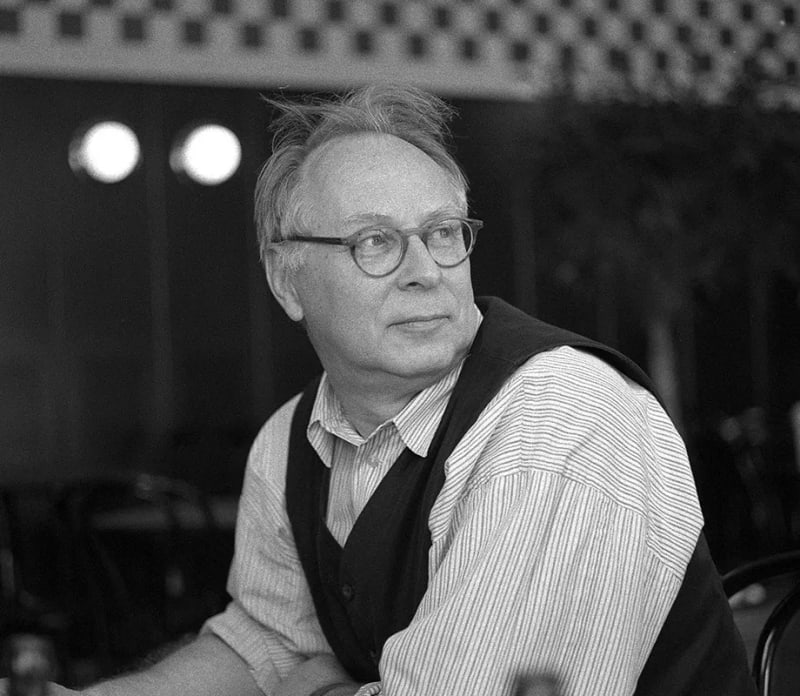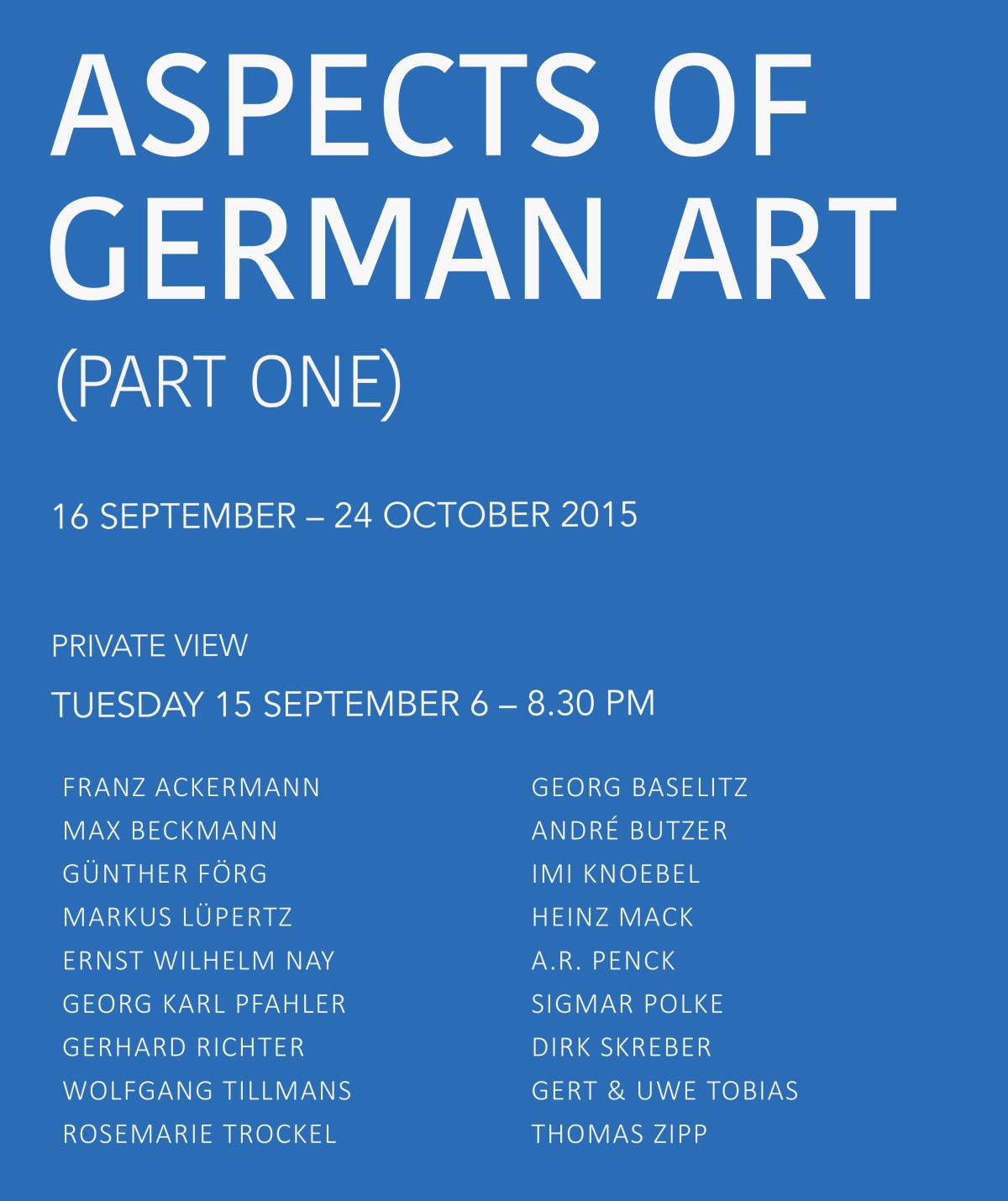Overview
Sigmar Polke was born in Oleśnica, Poland, in 1941, and lived and worked in Cologne, Germany, where he died in 2010, leaving behind one of the most radical and eclectic bodies of work of the postwar period. Trained at the Kunstakademie Düsseldorf, Polke emerged in the 1960s alongside Gerhard Richter and Konrad Lueg as a co-founder of “Capitalist Realism,” a satirical response to both Socialist Realism and American Pop. Rejecting the dominance of gestural abstraction, Polke adopted a deliberately “unskilled” aesthetic, combining humour with biting cultural critique. His early raster-dot paintings, hand-painted imitations of commercial printing techniques, parodied the visual language of mass media while distancing themselves from the slickness of Pop artists such as Lichtenstein and Warhol. Rather than engaging directly with advertising, Polke targeted the consumer products that shaped everyday life in West Germany.
Throughout the 1970s, extensive travel – to Afghanistan, Brazil, France, Pakistan, and the United States – broadened his visual vocabulary. In the 1980s, he fused photography, found imagery, and chemical experimentation with unconventional materials such as synthetic fabrics, resins, and heat-sensitive compounds. His hybrid surfaces reflect both a fascination with transformation and a scepticism towards notions of originality and authorship. Polke’s work resists resolution, shaped by a persistent distrust of fixed meaning and a relentless inquiry into the mechanisms of seeing, making him one of the most incisive commentators on image culture in the twentieth century.
Polke’s work has been widely exhibited since the 1960s. He was included in Documenta 5 (1972) and has been the subject of numerous solo exhibitions at significant institutions. Harald Szeemann curated a retrospective of Polke’s work in 1984, which was held at the Kunsthaus Zürich and the Josef-Haubrich-Kunsthalle, Cologne. His first US retrospective was held from 1990–1992 at San Francisco Museum of Modern Art (SFMoMA), San Francisco; Hirshhorn Museum and Sculpture Garden, Washington, DC; Museum of Contemporary Art, Chicago; and the Brooklyn Museum, New York, from 1990 to 1992. Further retrospectives and major presentations followed at the Museum of Modern Art (MoMA), New York; Tate Modern, London; Museum Ludwig, Cologne; and institutions across Europe. Notably, Alibis: Sigmar Polke, 1963–2010 (2014–15) cemented his status as a key figure in postwar art. His work is held in major public collections worldwide, including the Museum of Modern Art (MoMA), New York; Tate, London; Centre Pompidou, Paris; Art Institute of Chicago, Chicago; Stedelijk Museum, Amsterdam; and the Guggenheim Museum, Bilbao.
Enquire
Exhibitions
-
ASPECTS OF GERMAN ART (Part One) - REVISITED
2 Dec 2015 - 22 Jan 2016Ben Brown Fine Arts Hong Kong is proud to present Aspects of German Art (Part One) - REVISITED, a comprehensive survey of German post-war and contemporary art, featuring works by...Read more -
ASPECTS OF GERMAN ART (Part One)
15 Sep - 30 Nov 2015 Hong KongBen Brown Fine Arts Hong Kong is proud to present Aspects of German Art (Part One), a comprehensive survey of German post-war and contemporary art, featuring works by some of...Read more
Publications

